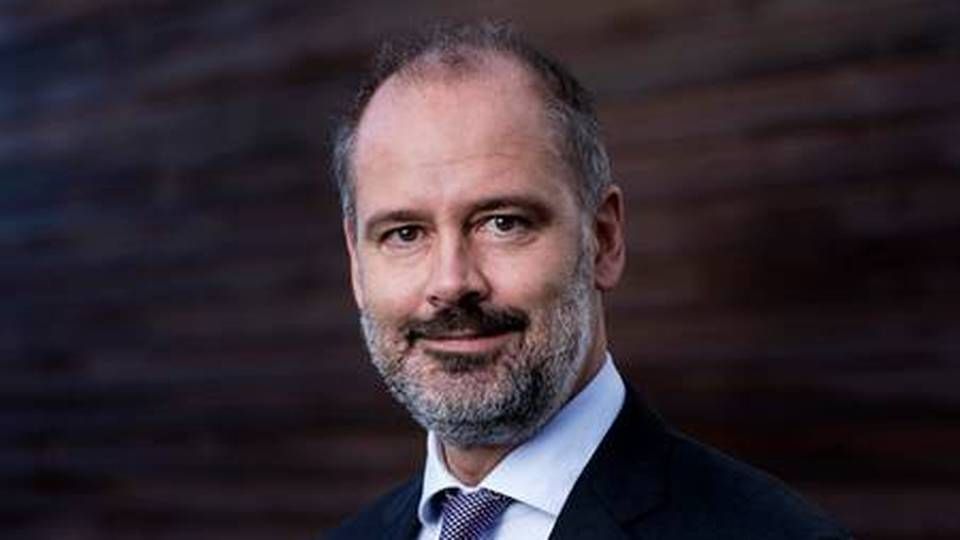Danske Asset Management sharpens focus on alternatives

Danske Bank's Asset Management division is set to increase investment in alternatives such as private equity and real estate over the next few years, now that broader internal cooperation within the group has created better conditions for making large investments.
"Alternative investments can be attractive on a stand-alone basis and as part of broader investment solutions for our clients," Henrik Gade Jepsen, head of Danske Asset Management, told FW Asset Management in an interview.
"For this reason, alternative investments will be a focus going forward," he said.
"This is work in progress, and I'm talking about where our strategy will be in about a year's time or so," he said.
Taking the client's viewpoint
While the traditional way of managing assets has generally been to concentrate on managing different asset classes with a view to generating above-benchmark returns, Danske Bank Asset Management is now looking at this from the client's point of view, he explained.
"Many clients don't really care or don't have the ability to know whether they should invest in bonds, credit, equities, but are more interested in the financial goals they have and how to achieve those," he said.
These goals can be related to future needs, purchasing power protection, or capital preservation, for example, he said.
"So in our investment solutions, we will combine different assets and strategies as building blocks to help clients achieve their financial aims," he said.
An important building block
This is where alternative investments come in, Gade Jepsen said, because depending on the particular asset, alternatives are not only potentially attractive in their own right, they can also often be an important building block in investment solutions.
"Many alternatives or illiquid investments can provide the foundations for blended products, because of their features such as cash-flow generation or inflation protection," he said.
Investments such as private equity and real estate are illiquid assets, he said, and in many cases not easy to categorize because they can be exposed to different risk factors such as equity and inflation risk.
A useful analogy to help people understand how different assets contain different elements that clients need financially, Gade Jepsen finds, is that of foods and the nutrients contained in them.
"If you adopt this approach when investing in multiple asset groups, taking into account that different investments can be exposed to many of the same factors, not only can you manage risk better, but you can also have a more flexible investment approach.
"For instance, there may be two asset classes providing a certain level of stable cashflows, but at a given point in time, one can be cheap and the other expensive," he said.
Tearing down internal barriers
A year ago, the Danske Bank group brought its private banking, pensions, and asset management activities together within the newly-created Wealth Management division. Since then, barriers between the division's operations have come down.
"We combined the investment organizations of Danske Bank Asset Management and Danica Pension earlier this year, and we created a much larger organization with a single CIO.
"This provides us with economies of scale, which is particularly important for alternative investments in my view, and obviously cost-efficient in general," Gade Jepsen said.
"If you have the right size as an investor, then you can pitch for the larger assets, for example, and in the end that will translate into higher returns for your customers.
"As well as this, with a larger organization you are better able to build the competences needed to manage the risks of alternatives, which are quite illiquid — so you need to be much more careful when getting into them in the first place," he said.













